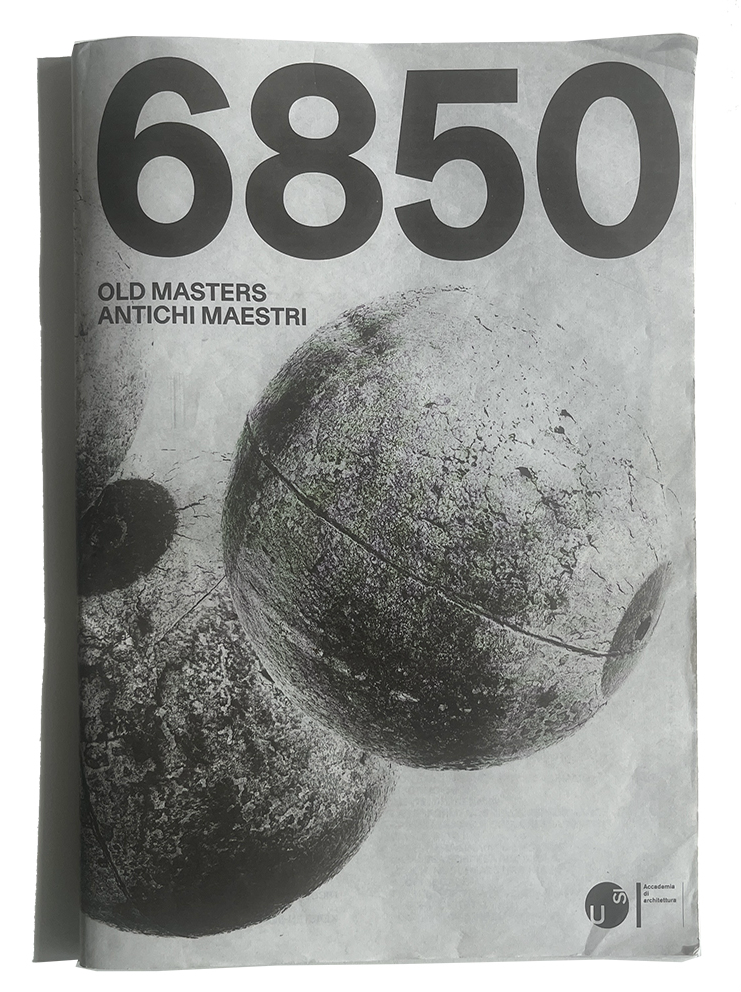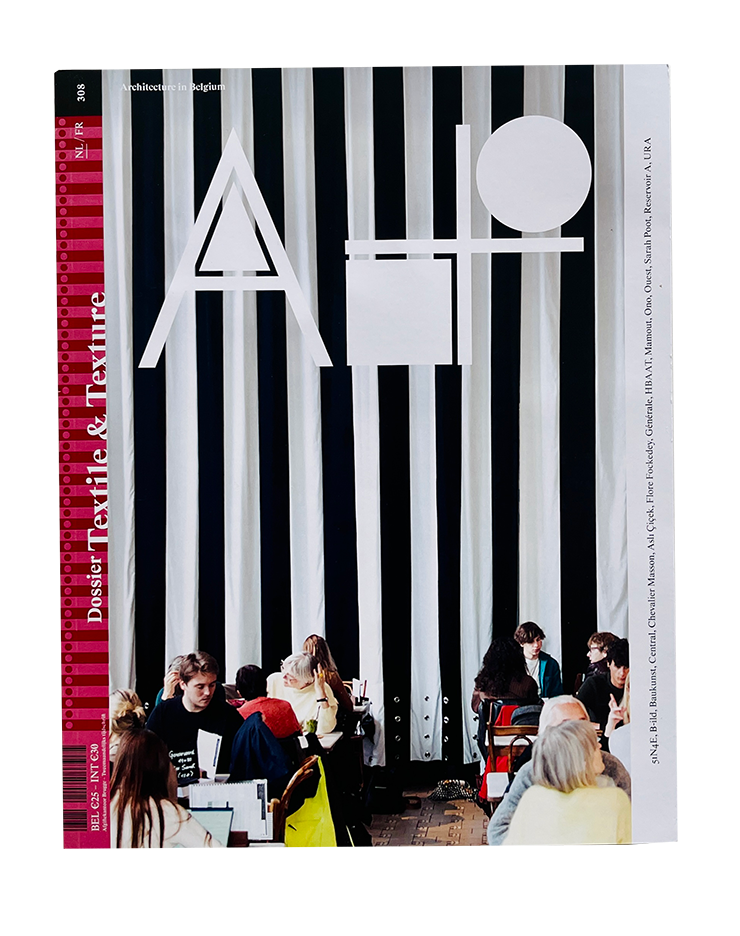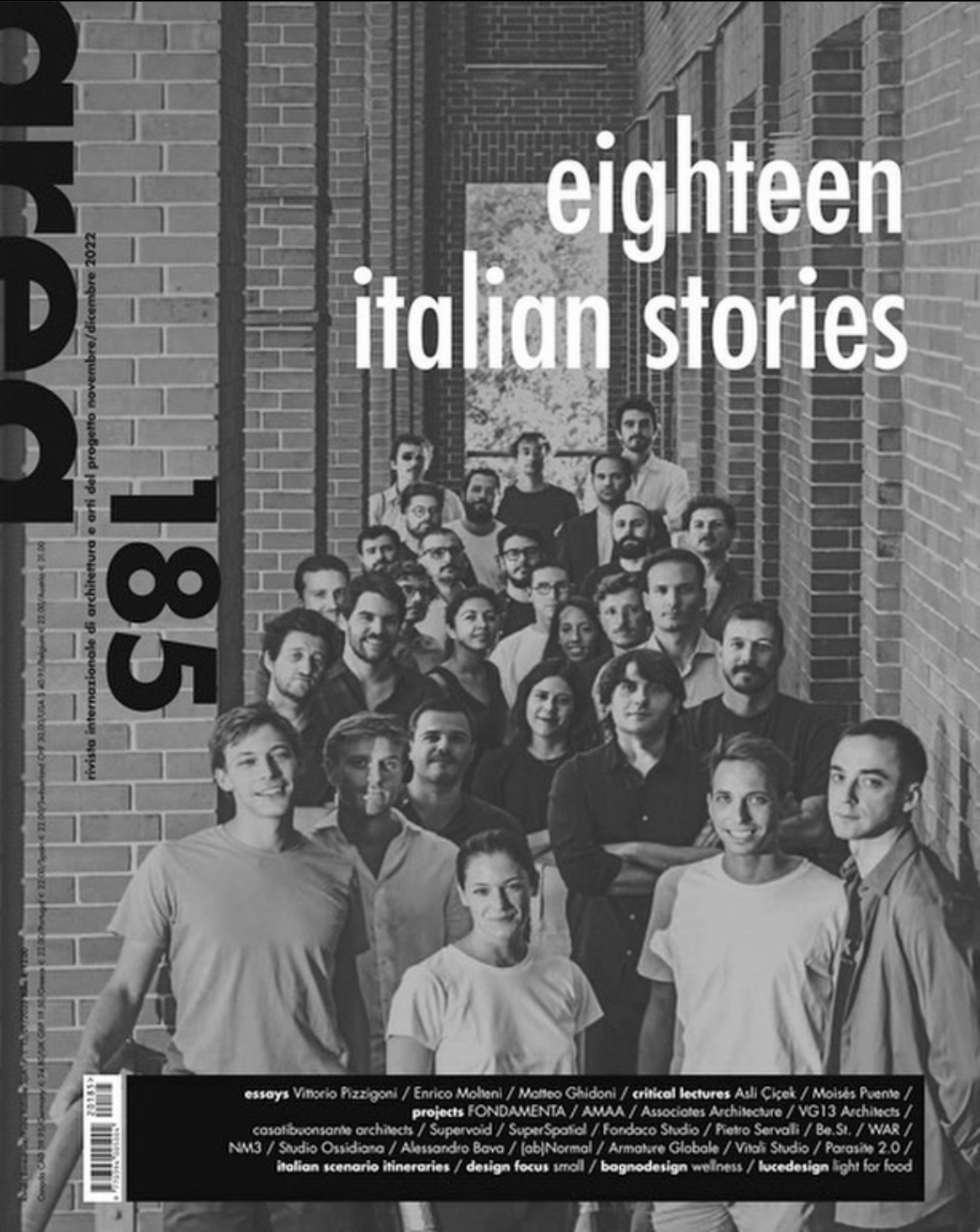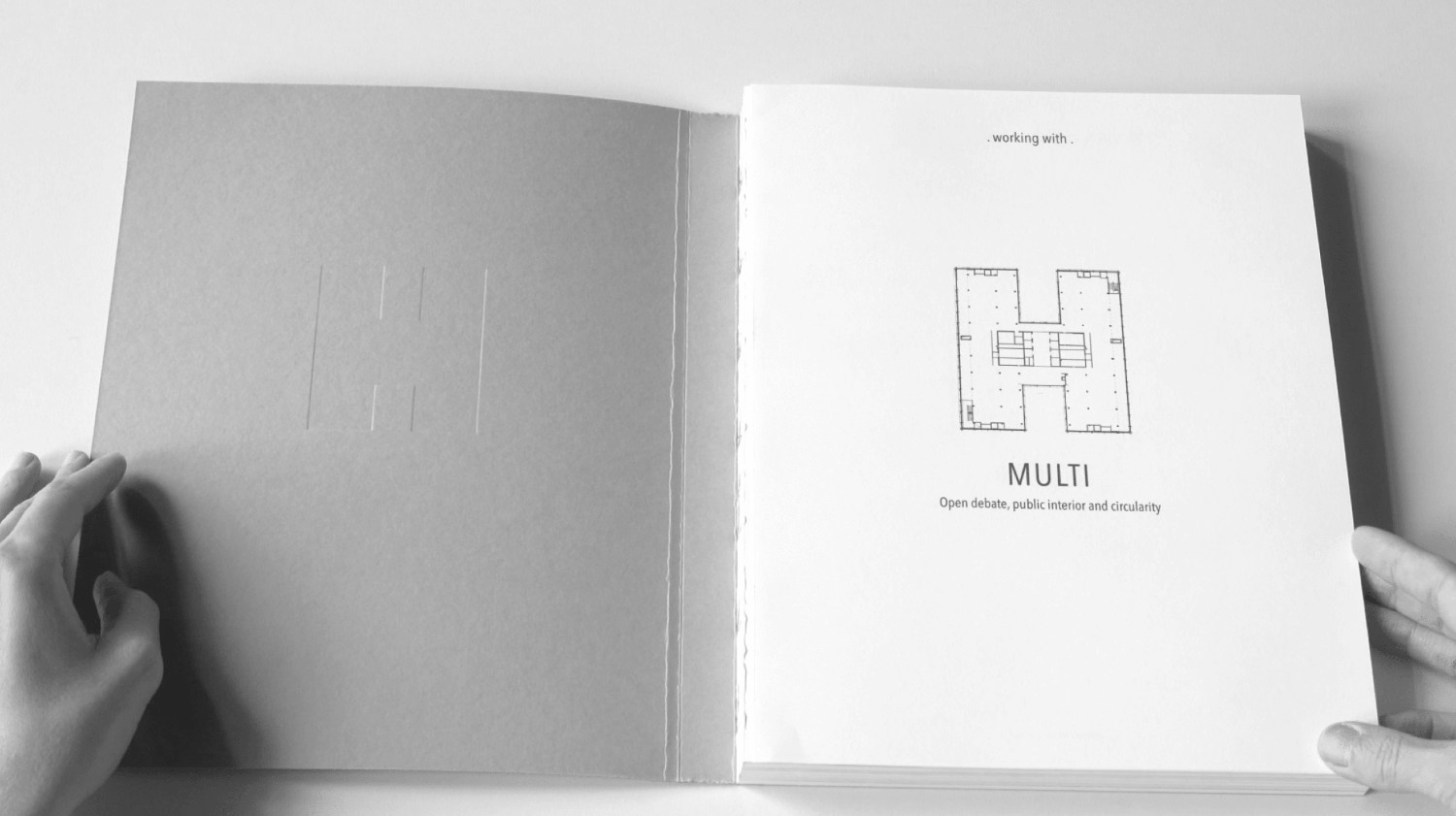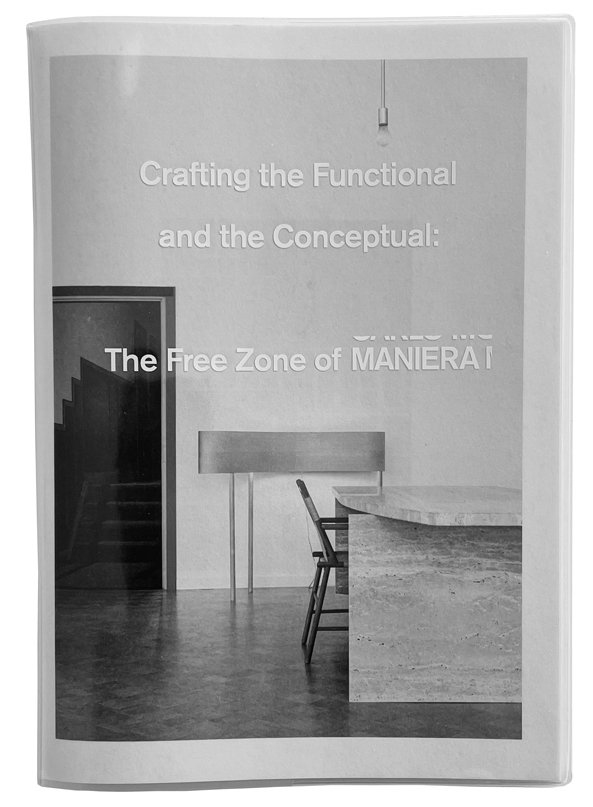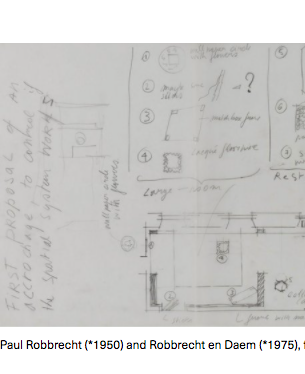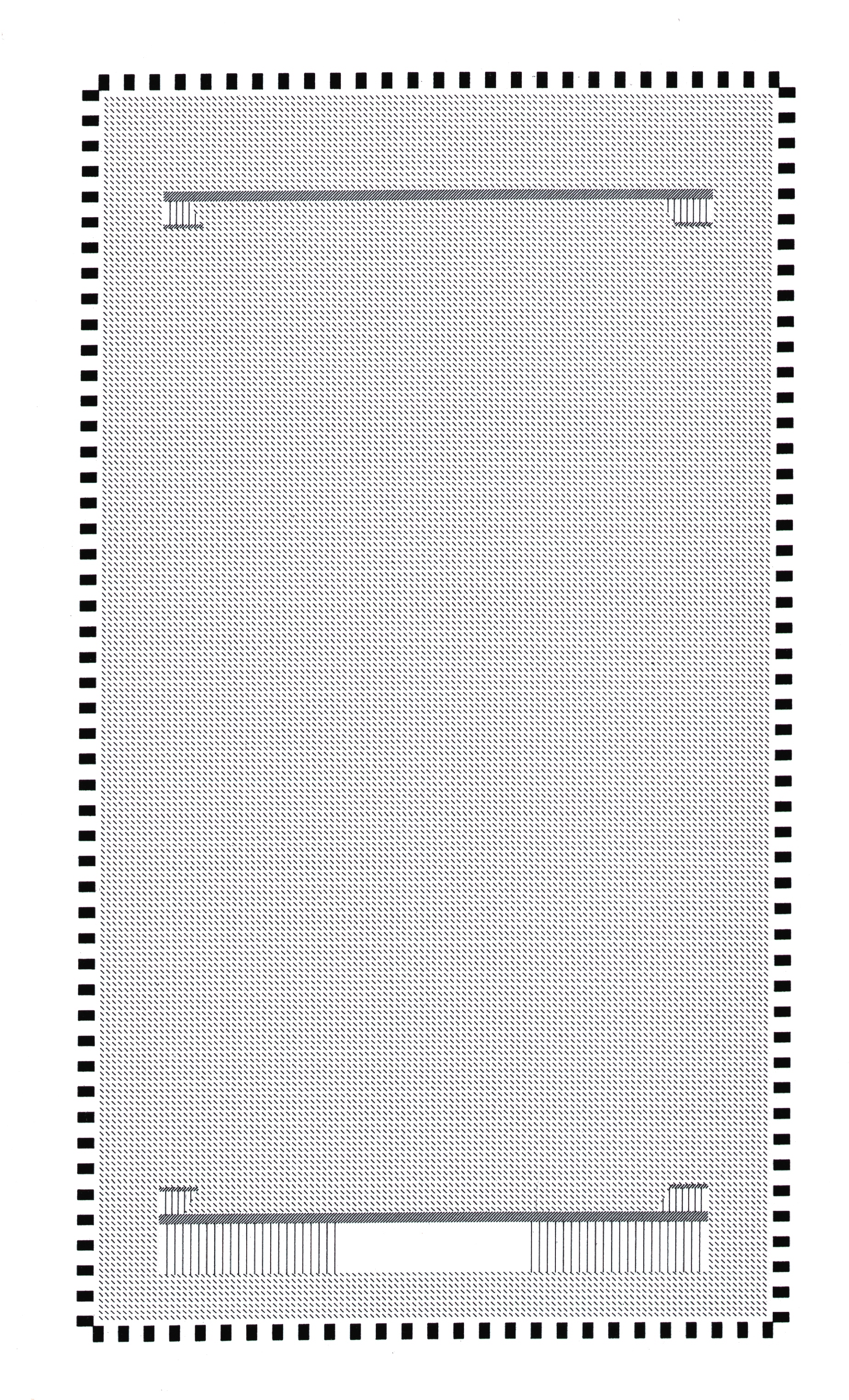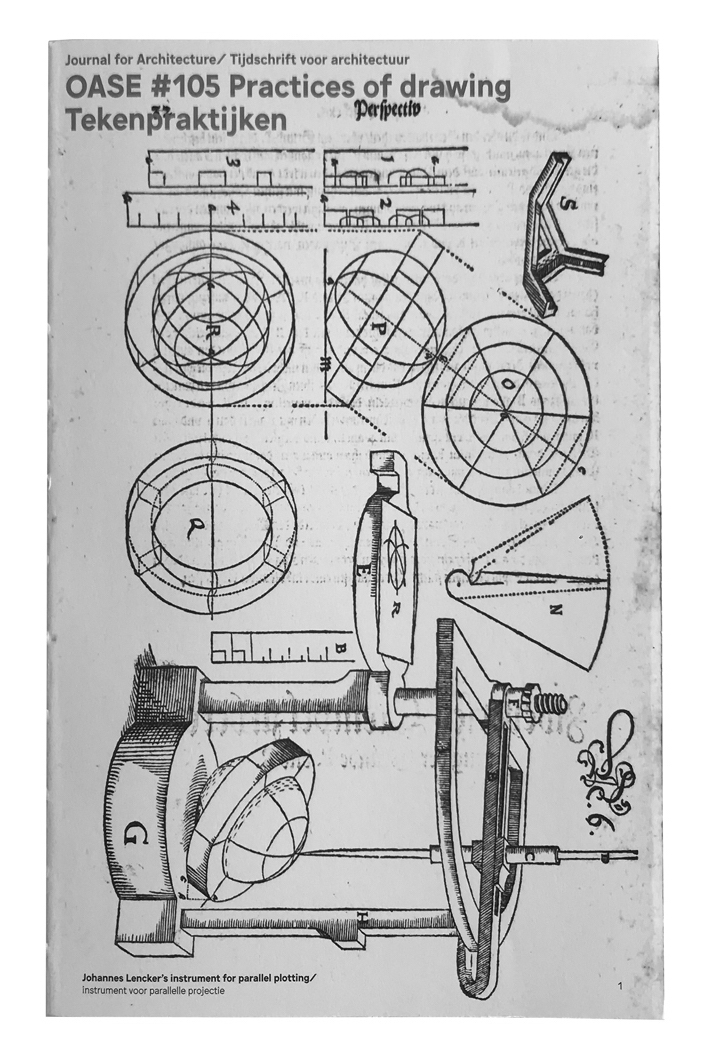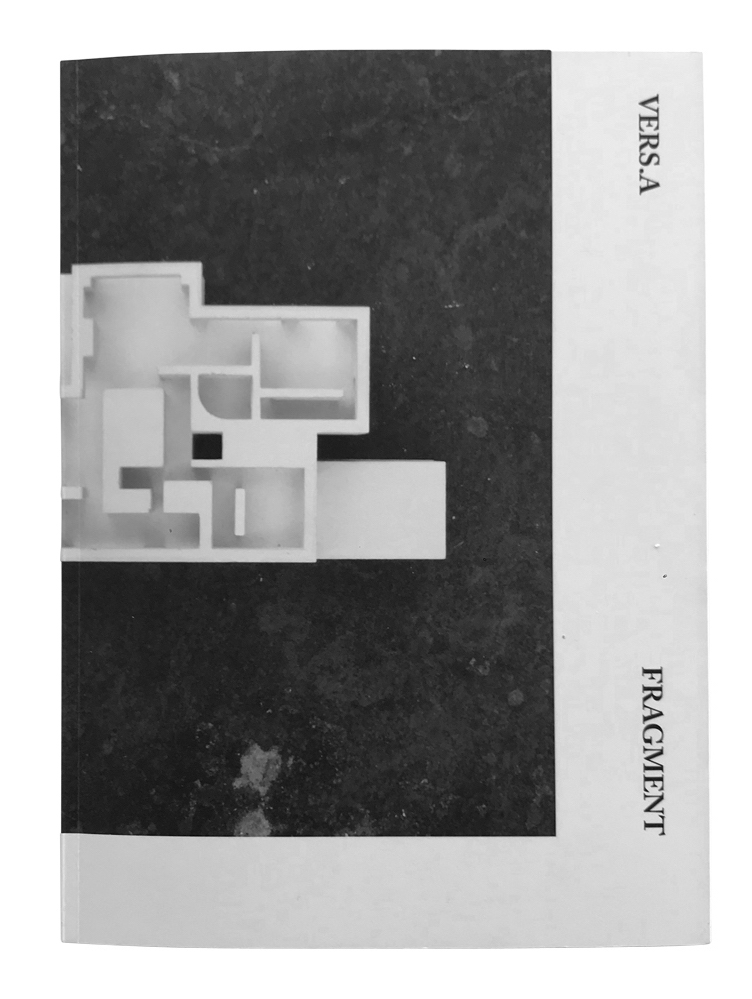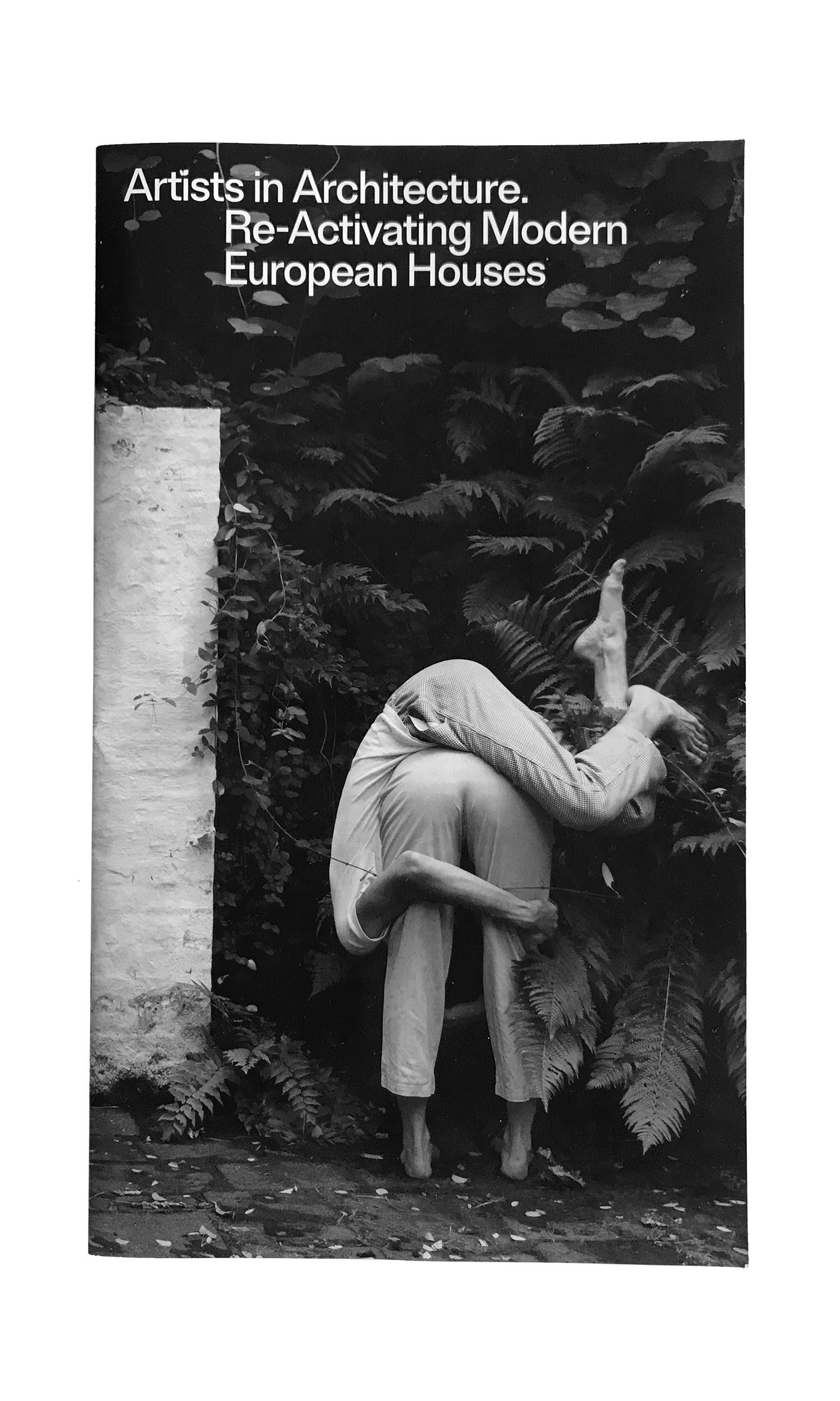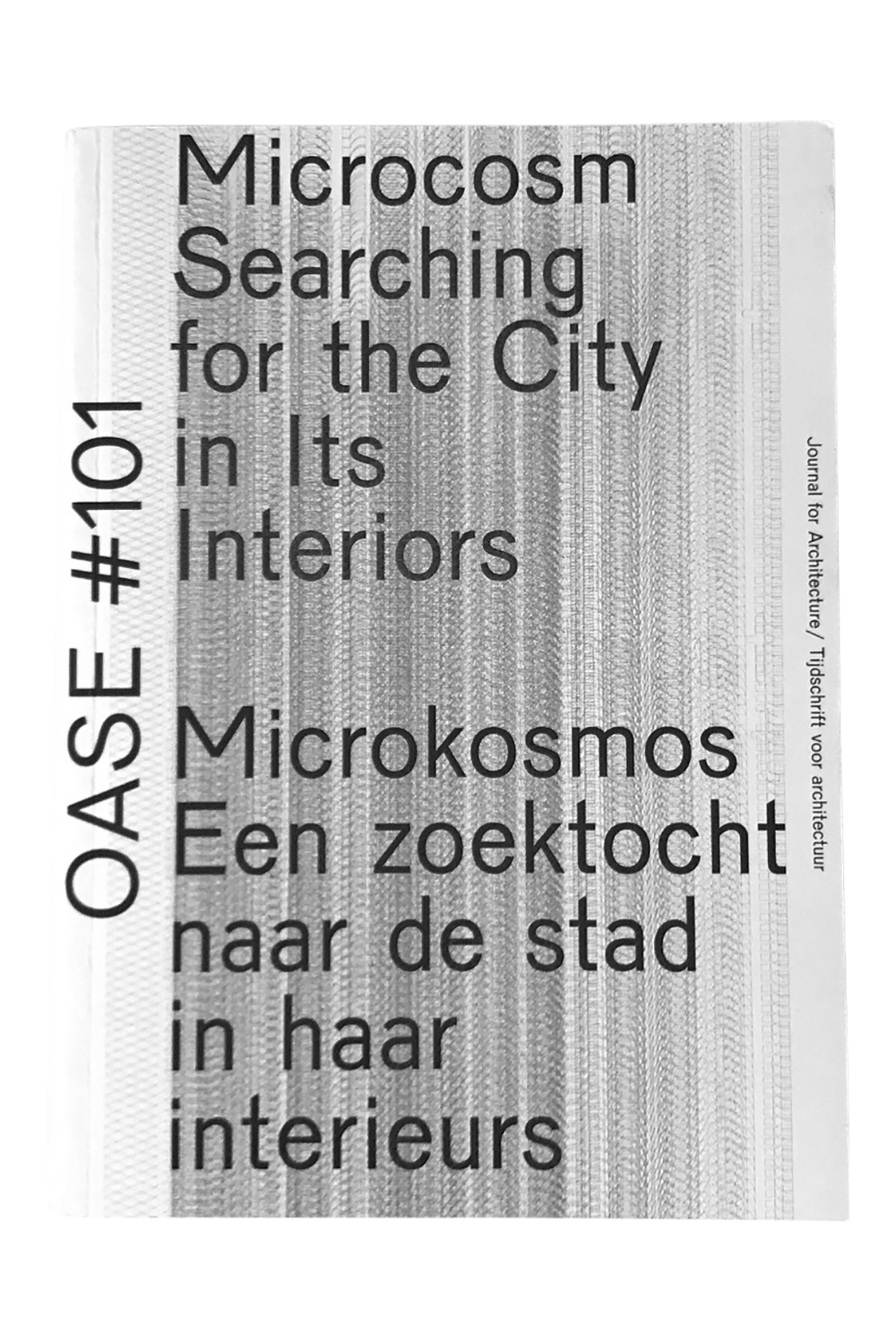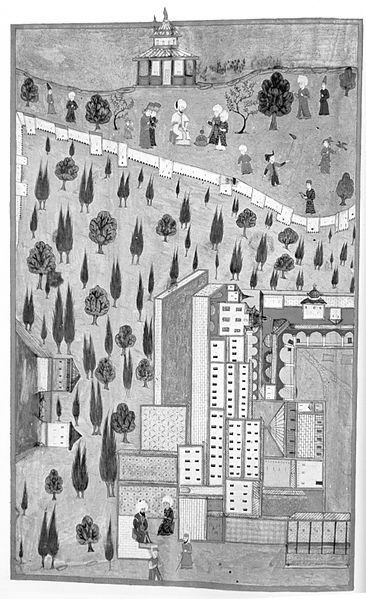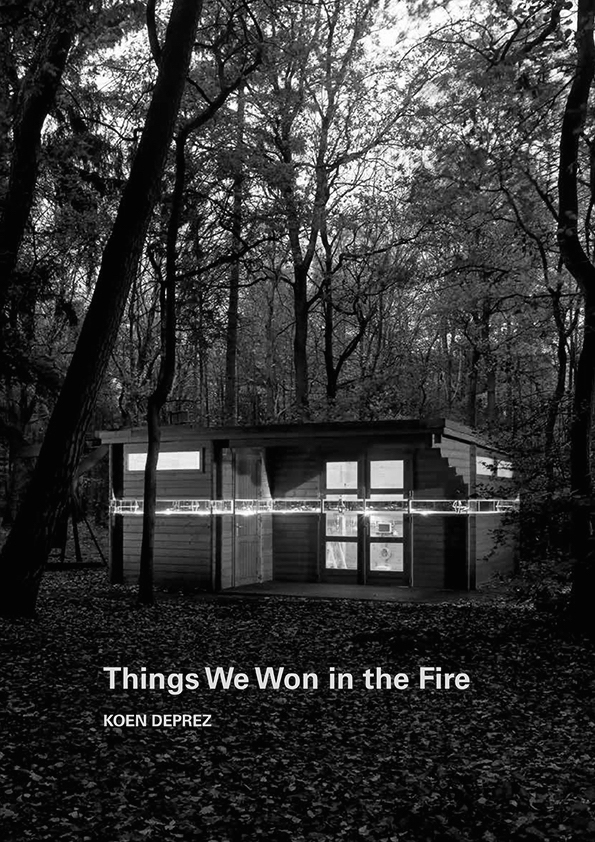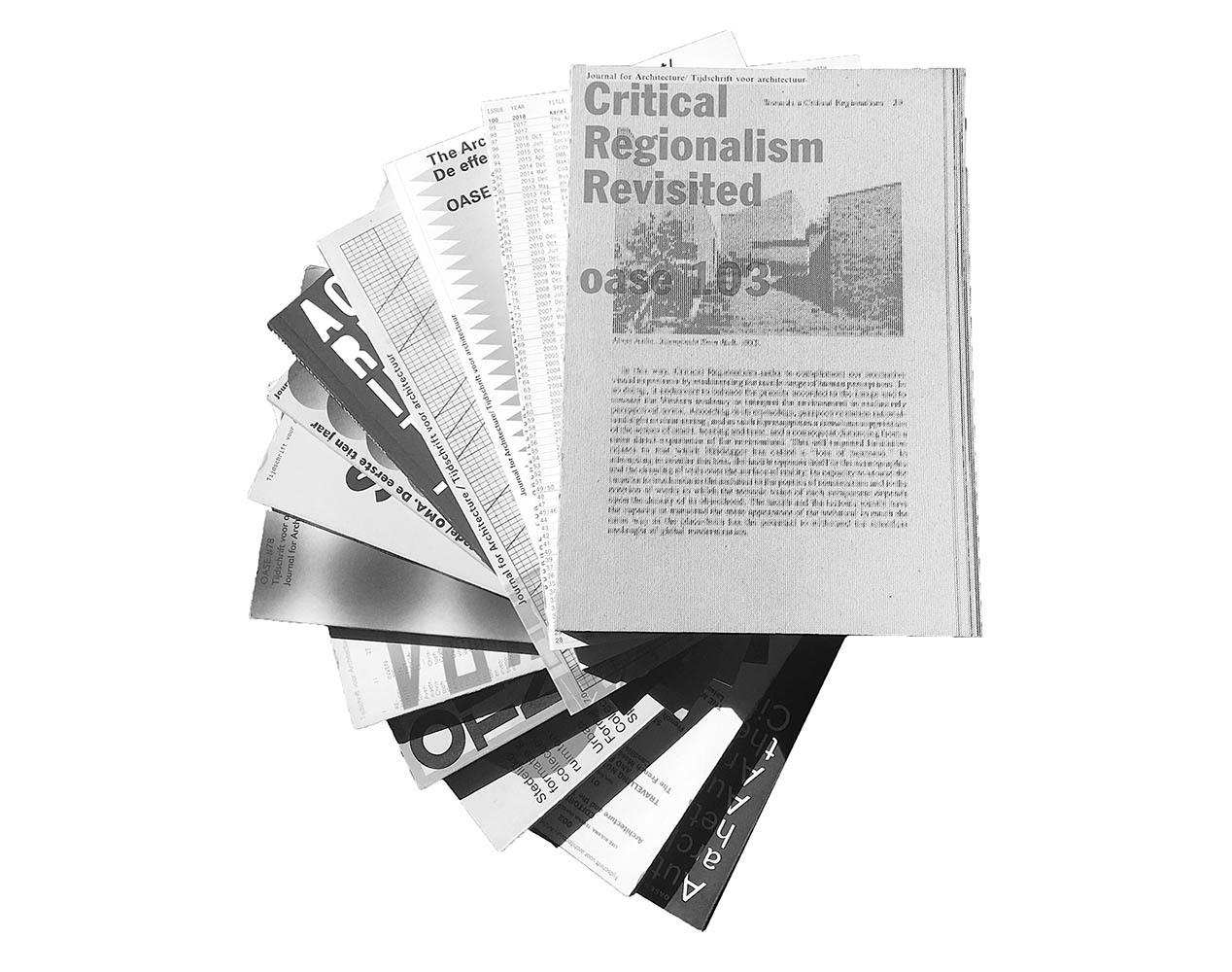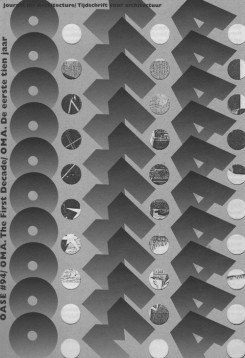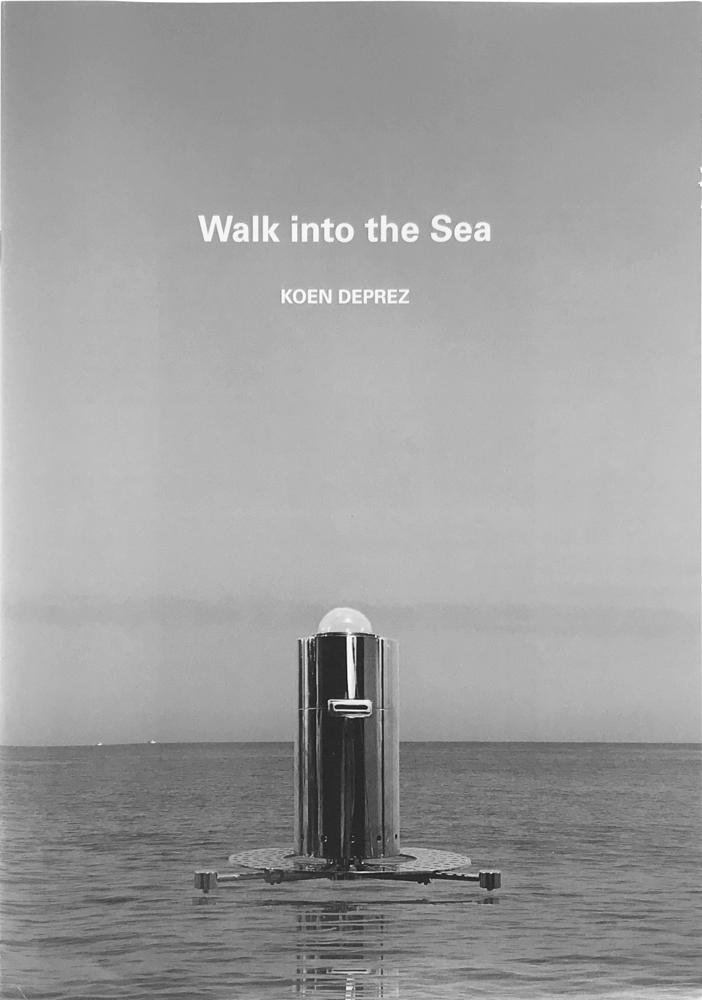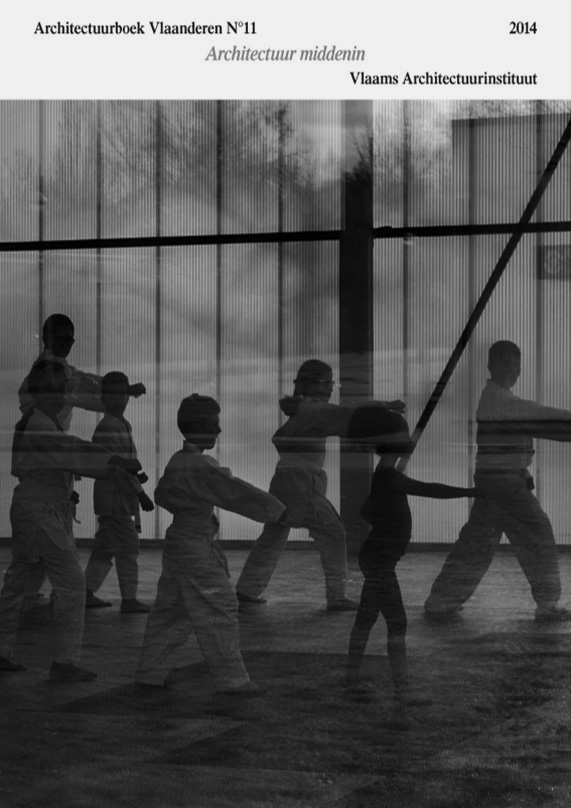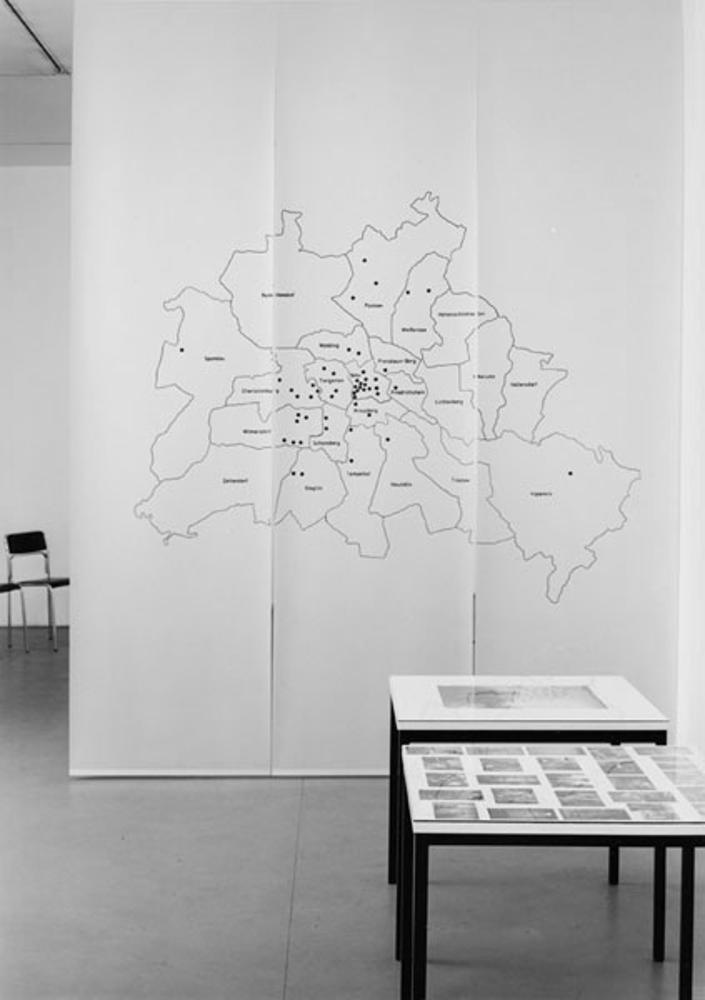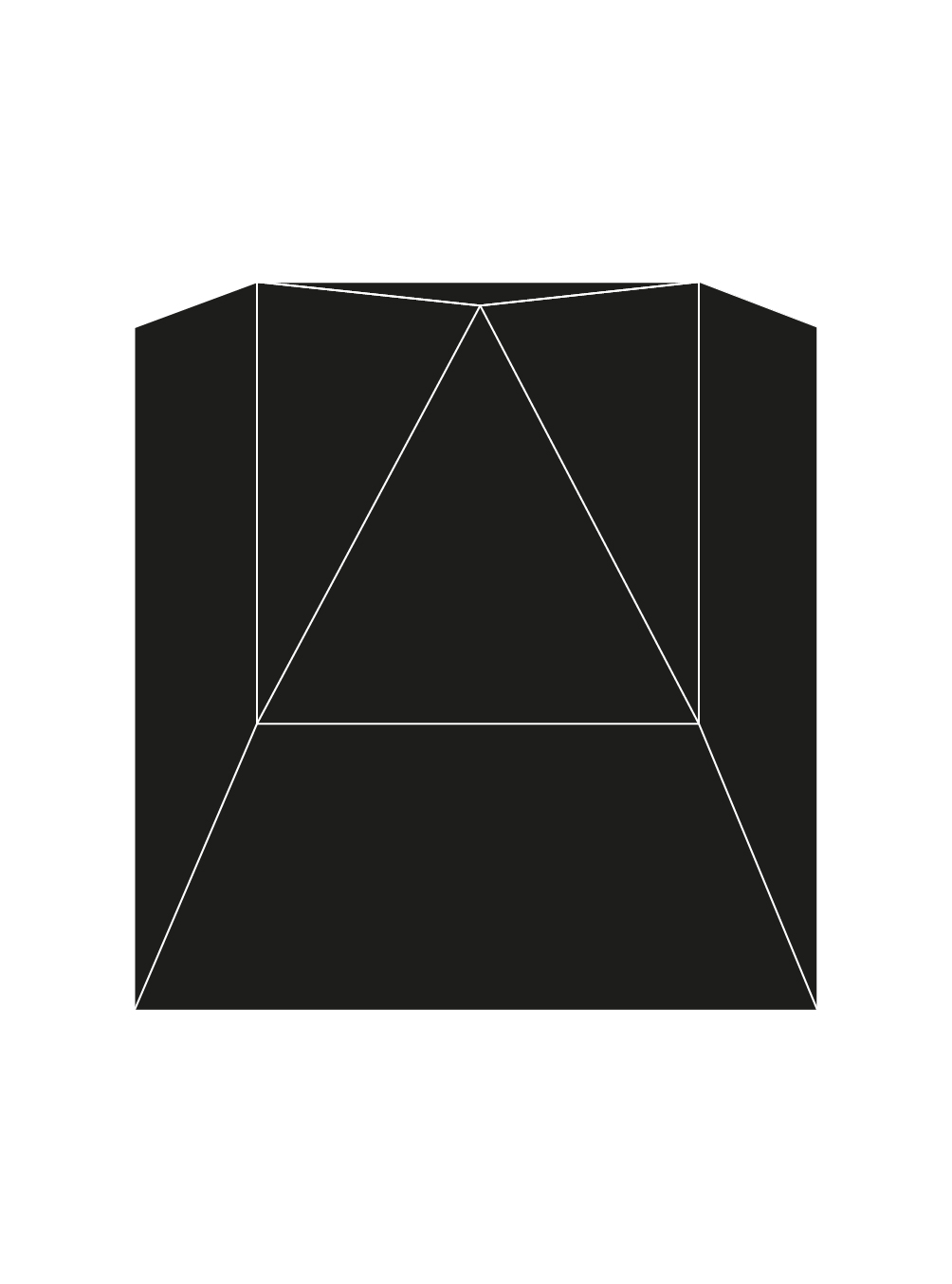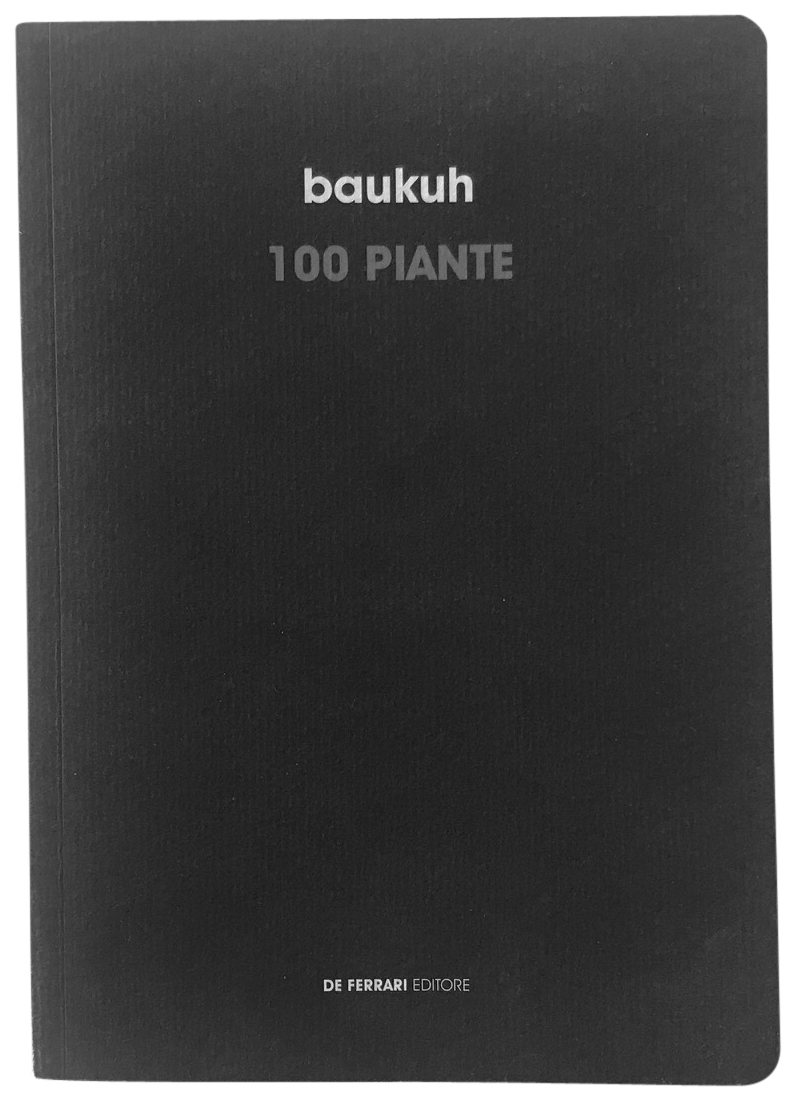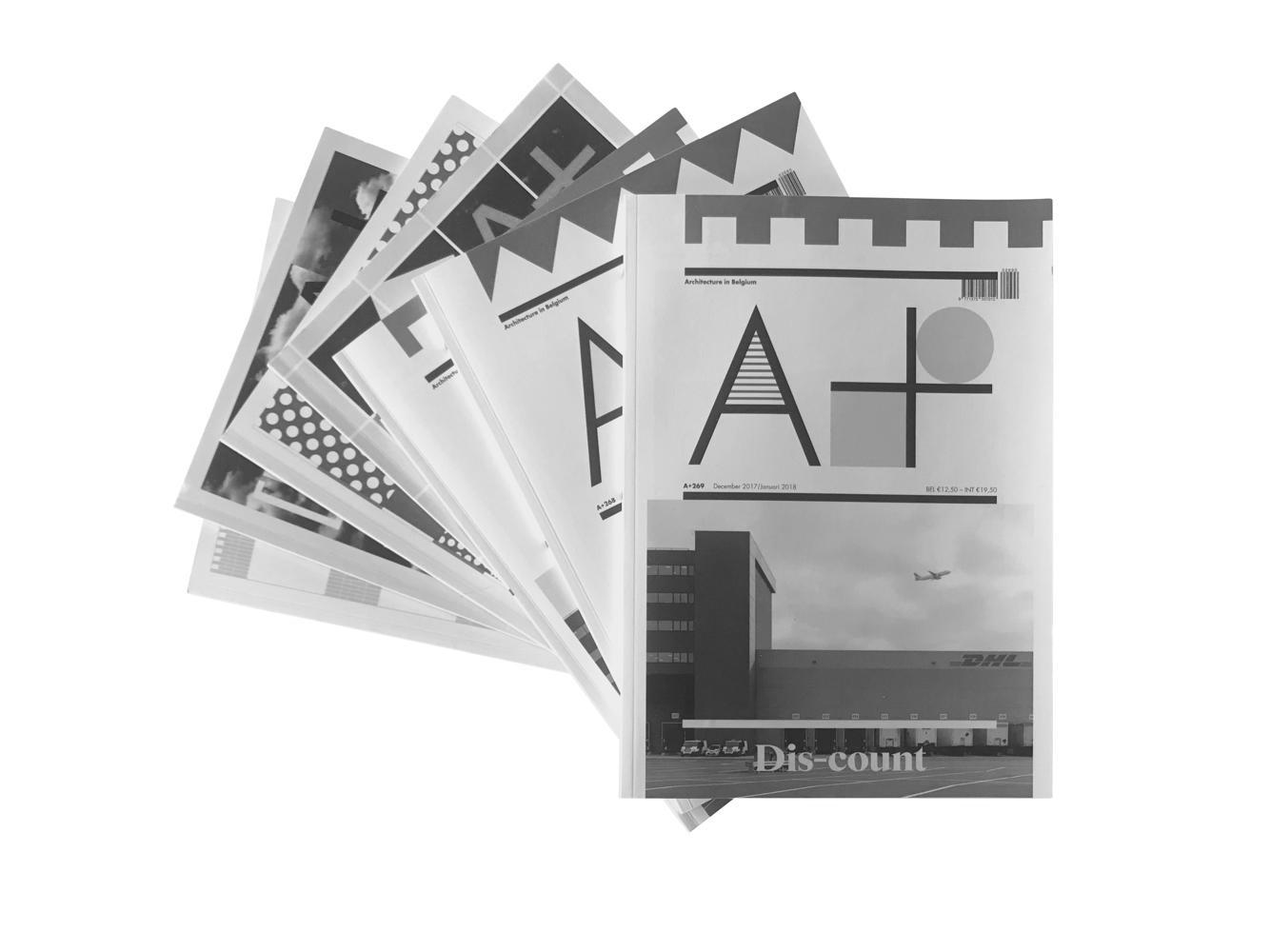Learning with Abstraction
Stoà #01
Modelli Stoà journal #01

"The vestibule mosaic above the South Door of Hagia Sophia in Istanbul depicts a frontal scene with four figures: in the middle of the composition we see Mary with child Jesus on her lap, left from her stands emperor Justinian and on the right emperor Constantine. Both emperors hold two architectural models in their hands; Justinian presents Hagia Sophia’s scale model and Constantine a fortress-like object representing the city of Constantinople. They offer both the temple and the city to Mary and Jesus, symbolically dedicating them to Christianity. An obviously anachronistic composition, the scene tells the fictive story of Hagia Sophia’s inauguration four hundred years prior to the making of the mosaic during the 10th century AD. The model of Hagia Sophia seems rather accurate while the model of Constantinople gives the impression of an highly abstracted version of the city. However, both are representative artefacts, just as architectural models have been used until mid of 15th century. At that time, the architectural model was mainly made after the actual building was completed and placed in the tombs of deceased rulers or presented as a gift, as in the case of the mosaic representation in Hagia Sophia. The model was a miniature replica of the realised architectural project; a custom still used today down to the scale of key rings that put iconic buildings in one's jacket pocket. "
The essay on the role of models in architectural education is published in the first issue of Stoà journal.
Edited by: Alberto Calderoni, Carlo Gandolfi, Jacopo Leveratto, Antonio Nitti, with the support of Fabrizio Ballabio, Tommaso Brighenti
